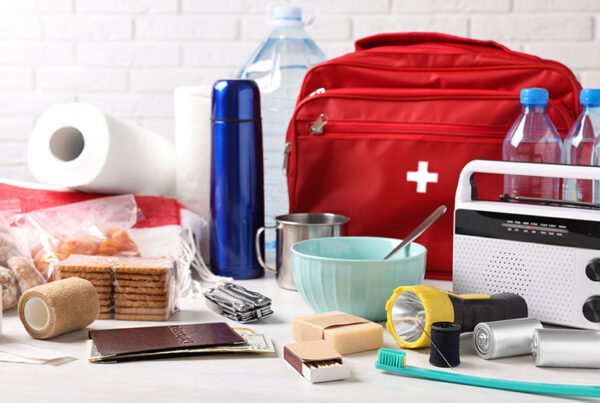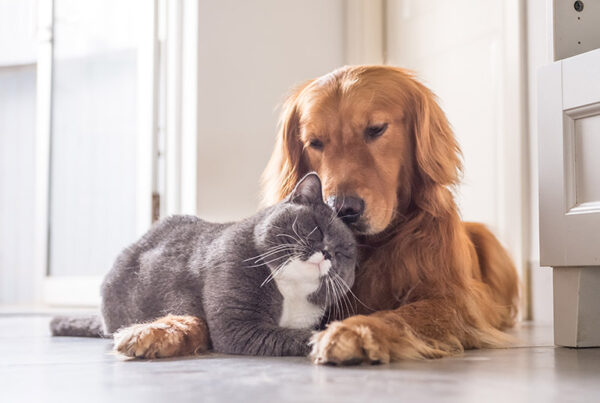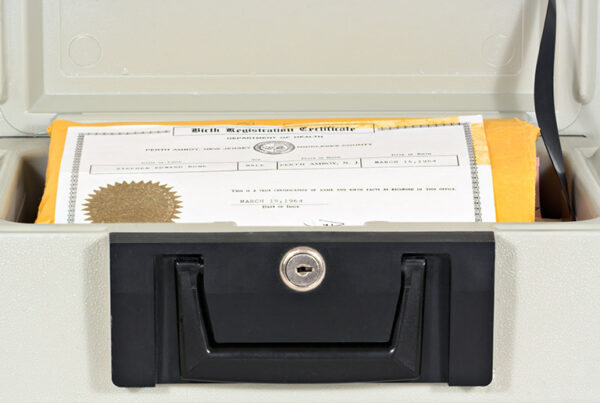EIG Restoration understands that sometimes emergency situations can arise with very little warning. But a few simple steps and advance preparation can go a long way in ensuring that both you and your home are protected.

Secure the exterior of your home
Bring all loose items like furniture, exercise equipment, toys, trash cans and portable planters inside. Protect any sculptures or permanent fixtures with blankets. Clean out gutters and drains. If you are away from your residence, contact a trusted neighbor or friend for these tasks.
Ensure adequate power supplies and access
Fill up your car’s gas tank. Charge auxiliary batteries for phones and laptops. Test your generator. Remind yourself how to turn off gas, water, and other utilities. We recommend that you create a document with instructions on how to turn off your utilities, in the case that someone other than you needs to do it.

Prepare an emergency kit or go-bag
This kit should include medications (prescription and OTC), first aid supplies, disinfectant and hand sanitizer, pet supplies, items for children or infants, flashlights, batteries, non-perishable food, bottled water, blankets, clothing, toiletries, and cash. A complete list of recommended items can be found below.
Safely store important documents
Move all legal papers, birth and marriage certificates, financial documents, passports, etc. to a secure safe or place them in Ziploc bags in an interior closet. Photograph all insurance and ID cards. Check your home and car insurance websites to ensure you know how to find your policy information online, or print these documents out and store it with other documents.
Stage your supplies
If an evacuation is ordered, you should be ready to grab your prepared supplies immediately. Organize necessary items in your car or by your front door for efficiency.
Communicate an evacuation plan
Identify an agreed-upon meeting spot for your family. Drive or map various paths to that spot. Share your plan with a few trusted friends or family members outside the area.
Be a good neighbor
Check with your community, especially older adults and those who may require additional help, to see if any assistance can be provided.
Monitor storm updates
Weather can change quickly. Keep your TV or radio on and be prepared for information to change as the storm moves.

Emergency Kit Checklist
Basic Supplies
Water
FEMA and Ready.Gov recommend one gallon per person per day for several days, for drinking and sanitation.
Food and Utensils
It’s important to ensure that you have a several-day supply of non-perishable food for each member of your family. Paper towels, plates, cups, and utensils should also be included.
NOTE: if you are including canned or tinned food in this kit, remember to include a can opener OR ensure that all items have pull-tabs..
Power-Related Items
- Power bricks and charging cords for your phone and computer
- A full tank of fuel for your vehicle
Health and Hygiene
- First aid kit
- Extra clothing, including underwear, socks, and a jacket or overcoat
- Umbrella or a rain jacket/poncho
- Toothbrushes and toothpaste
- Prescription medications
- Glasses and/or extra contacts and contact solution
- Dust masks
- Moist towelettes and toilet paper
- Soap
- Trash bags
Other Items
- Flashlights and batteries
- Battery-powered emergency alert radio
- Matches in a waterproof container
- Fire extinguisher
- Cash and change
- Games (a deck of cards is great), toys, books, puzzles, and other non-electricity-using entertainment options
- Blankets and pillows
Special Considerations
Little Ones
If you have a baby or small child, you should also include the following items in your emergency kit:
- Formula and distilled water
- Baby food
- Diapers and baby wipes
- Diaper cream/powder
- Child-safe medications
- Extra clothing and blankets

Pets
If you have a pet, you should also include the following items in your emergency kit:
- Extra water
- Pet food
- Any necessary medications
- Ownership and vaccination paperwork
- Microchip information
- Leash and collar/harness
- Carrier or crate
- Information about and locations for pet-friendly evacuation shelters in your area
The American Veterinary Medical Association (AVMA) has multiple resources with more information about how to prepare and take care of your pets in the event of a disaster. These resources can be found here.
If you have livestock or other large animals, please refer to AVMA’s instructions for large animal evacuation and emergency planning kits here.
Protecting Important Documentation
Your important documents should be stored safely in a physical location, as well as being scanned in and saved in the cloud (Google Drive, e.g.), in the case that the physical document is destroyed or lost.

With physical copies, you should either take these documents with you or store them in a secure, water-tight safe in your home. If either of these options are not available to you, seal them in airtight plastic bags and place them high up in an interior closet.
- Insurance policies for your home and vehicle
- Deeds and ownership documentation for your property
- Personal identification, like drivers’ licenses, citizenship cards, or passports
- Marriage certificates
- Adoption documentation
- Bank account information
- Prescription medication information and images of the bottles
In addition to collecting your legal documents, it is recommended that you create a document detailing your emergency plans so that members of your family are all working off the same understanding. Identify and map out evacuation routes in advance and determine agreed-upon meeting spots, in case you get separated.
Additionally, compile your emergency contact numbers and distribute them both to your family members, as well as trusted neighbors or friends.
We hope that these tips can help you prepare for the unthinkable.